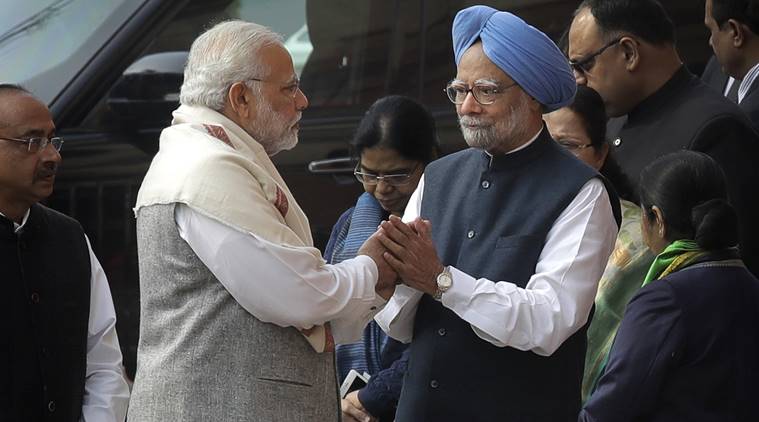The Modi government has been very focused on infrastructure development in the country. It launched many infrastructure initiatives for bettering land, air and water connectivity. To revolutionize air connectivity, the government launched UDAN (Udega Desh Ka Aam Nagrik), which is aimed at making air travel affordable and more widespread to better connect Tier II and Tier III towns and cities. The scheme resulted in the Indian airlines carrying more than 12 crore passengers in the fiscal year of 2017-18 against 6.1 crore passengers in the fiscal year of 2013-14. The compound annual growth rate (CAGR) in the number of passengers is a whopping 19 percent. The Sagaramala project was launched to boost connectivity through water. The project is a $130 billion initiative and aims to set up new mega ports, modernization of India’s existing ports, and development of 14 Coastal Employment Zones (CEZs).
Activity in the development of land travel infrastructure has also increased manifold under the current government just like it had in the previous NDA government which built the ambitious golden quadrilateral. The Modi government has built 28,531 km of national highways in its four years since 2014-15, which is 73 percent more against the 16,505 km achieved by the Manmohan Singh government in four years till 2013-14. The construction of highways in India is done mainly by two agencies- National Highway Authority of India (NHAI) and Ministry of Road Transport and Highways. NHAI is an autonomous agency of Indian government which is responsible for construction and management of National Highways. According to the ministry “all agencies responsible for highway construction built 2,345 km of roads in the first three months of the current financial year, compared with 2,260 km in the corresponding period last year.” NHAI has achieved the construction pace of 8.3 km a day from just 1.8 km a day in the corresponding period last year.
The pickup in NHAI’s pace of construction is mainly due to the new hybrid annuity model (HAM). Earlier, there were two main models of highways construction in India- the Engineering, Procurement and Construction (EPC) Model and Public-Private Partnership (PPP) model. In the EPC model, the government bears almost all the costs of the project and is responsible for operations and implementation. The difficulty of this model is the high financial burden for the government. On the other hand in the PPP model, a road developer constructs the road and is allowed to recover his investment through toll collection. In the PPP model, the developers hardly ever delivered on time.
A large number of stalled projects were blocking infrastructure projects and at the same time adding to NPAs of the banking system. To overcome this problem, the Modi government brought a combination of these two models called the hybrid annuity model (HAM). Under the HAM, the Modi government will pay 40% of the project costs to the developer in the first five years through annual payments (annuity). The remaining payment will be made on the basis of the assets created and the performance of the developer. In this model there will be a toll right for the developer, while revenue collection would be the responsibility of NHAI. The advantage of HAM is that it gives money to the developer to start the project and the financial risk is shared between both.
The rate of highway construction touched 26 km per day in the period between April to June this year, as against 25 km per day in the same period last year. This is due to innovative solutions the government came up with to spur the pace of construction activity.
Connectivity is essential for economic growth of any country and the government backed push for infrastructure development is expected to help the country to achieve its target of double-digit economic growth.
